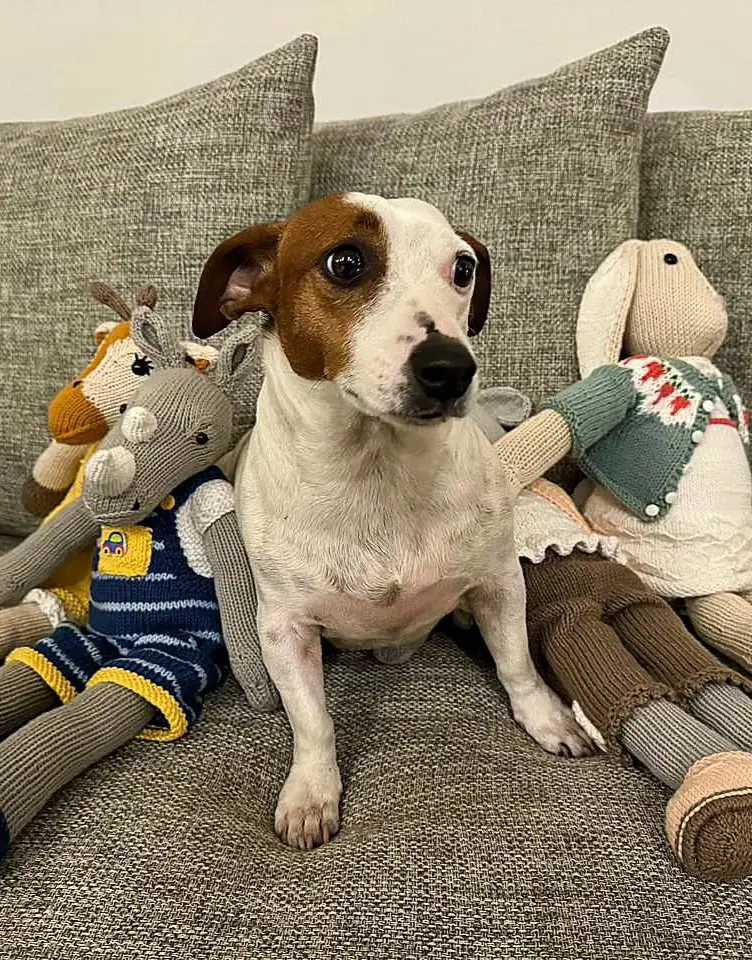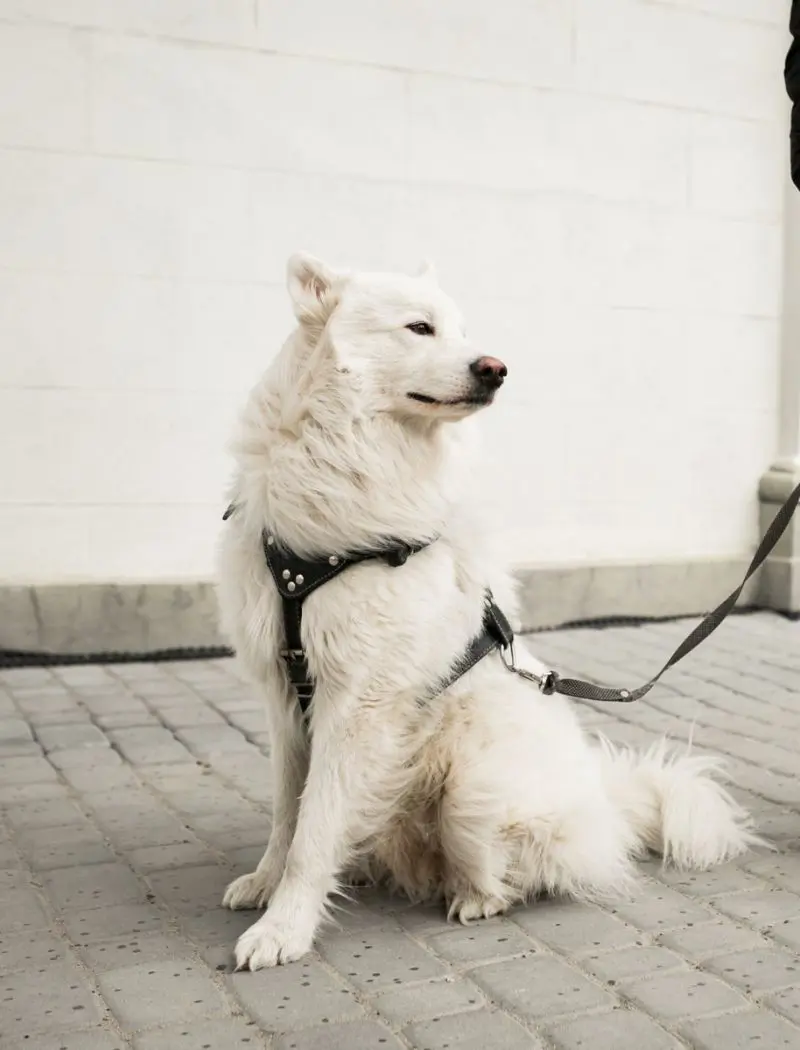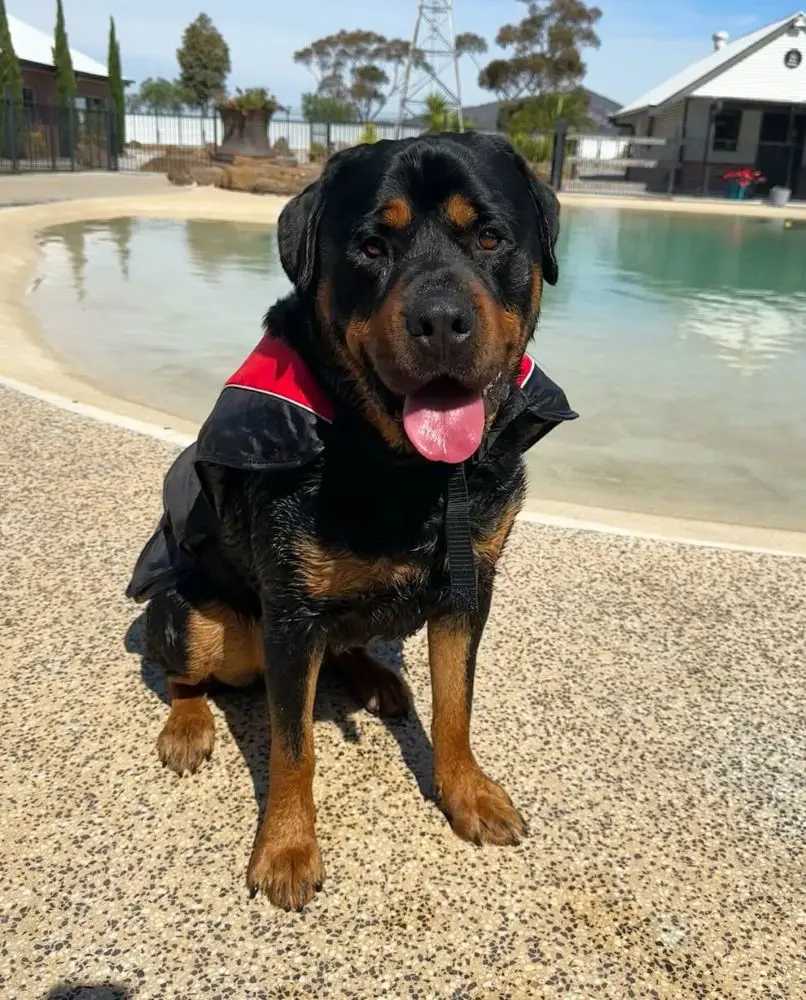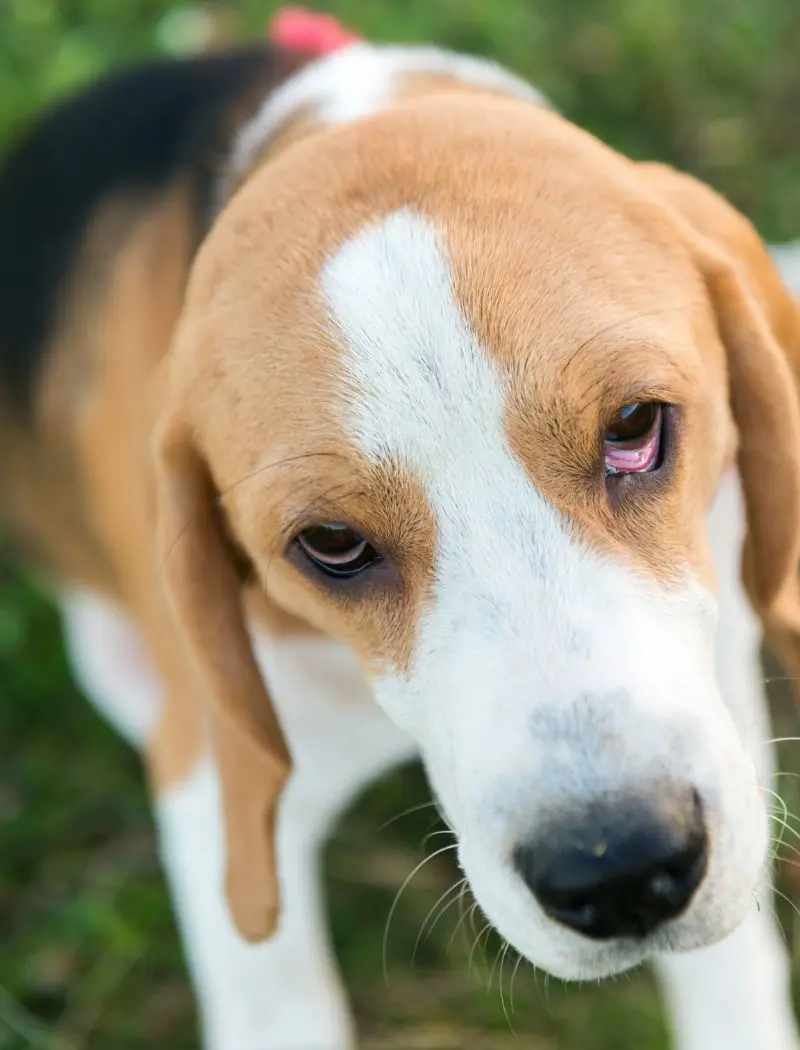How to Groom A Golden Retriever

Golden Retrievers' beautiful, double-layered coat needs grooming, there's just no way around it, and owning a double coat comes with constant grooming so it doesn't mat over time.
Proper grooming may result in an extra bond between the two of you, or it may cause various skin problems when those are still in an early stage. Here's how you can ensure your Golden Retriever is well-groomed and happy.
Gathering Equipments To Groom Your Golden Retriever
Grooming, when it comes to a Golden Retriever, requires the right tools to provide efficient comfort and assurance for your pet dog. The right set of grooming tools will make the experience very easy and pleasant not only for you but also for your pet.
The a need for some essential tools, and each of these tools has a different purpose concerning keeping your Golden Retriever in the best condition, knowing what each tool serves will help you make better decisions about the best options for grooming your dog.
Slicker Brush and Pin Brush
Some of the most needed to take care of the thick, double coat of a Golden Retriever involves a slicker brush and a pin brush. A slicker brush should work better not just in taking out the loose fur but also in loosening dirt and tangles, which usually occur more in the thicker areas of the coat.
The coat remains smooth due to the shedding factor since the falling-out process stops at dead hair removal. The pin brush is suitable for regular brushing to keep the coat shining and naturally smooth.
Wide-Toothed and Fine-Toothed
Combs used in the grooming of a Golden Retriever are doubtlessly key means concerning their long fur. A wide-tooth comb is used in detangling and smoothening up the fur when it has been brushed. This will help in the removal of knots that may still be left.
Doing this will be easy on your dog's coat and prevent it from pulling hence causing further damage to fur. A fine-toothed comb is excellent for detailed work in sensitive areas, such as the face and around the feet. They are also the perfect combs to groom the Golden Retriever correctly without a tangle appearing.
Grooming and Thinning Scissors
Amongst the scissors requisite in grooming are grooming scissors and thinning scissors. It is with grooming scissors that you will get to trim the overgrown fur so as not to avoid unsightly overgrowths that may look horrifying, especially around the face, paws, and ears, where precision is required.
Thinning scissors are used to thin the dense areas of your dog's coat and also for blending and shaping so that this coat appears very natural. This helps regulate the length and thickness of your dog's coat by preventing matting, which can make your Golden Retriever look unkempt.
Standard and Guillotine Style
Keeping your Golden Retriever's nails trimmed is part of keeping him comfortable and healthy, and nail clippers are a tool for the job. Simple to use and working for most dogs, you will be able to cut the nails to an appropriate length.
Another type is the guillotine-style clipper, which gives a clean cut because it cuts the nail in just one smooth motion. Both types prevent the nails from overgrowing and making your dog feel uncomfortable or even hurt.
Start From Their Face

You can initiate the grooming of your retriever by paying attention to its head and face, special emphasis should be given to its ears, eyes, and muzzle. The fur on its face grows long and may need regular trimming so it would not hinder your dog's line of vision or matte.
Grooming scissors can be used to initiate overgrown fur so your dog will have a line of vision that will provide a neat view and keep your dog looking neat. This regular brushing around the face keeps it smooth and prevents fur from tangling.
Cleaning And Trimming Around the Ears
They have floppy ears, which need to be cleaned frequently to avoid any infection type, gently lift each ear and look for dirt, wax, or any other irritation, clean the outer part of the ear with a soft, clean cloth or cotton ball by avoiding the inner part of the ear canal.
After cleaning, it is better to check the fur around the ears more closely for tangles and matting, overgrown fur trapping moisture and debris that are prone to infection needs to be trimmed off. Grooming scissors can be used with caution and care not to cut too close to the skin.
Trimming Around the Eyes
The hair that is around the eyes will continue to grow, at times to the extent that the already poor vision of the Golden Retriever is completely obstructed. This area is relevant because it needs to be clipped quite regularly for the sake of the eyes remaining free and non-irritated.
Take a pair of grooming scissors and, with great care, snip the hair around and be compliant at not cutting too close to the skin or the eyes. This will also tend to avoid tear staining, which may be unsightly. Regular cleaning of your dog's eyes keeps them healthy without any irritation.
This grooming step is part of the many steps in maintaining your dog's general outlook and comfort. It is probably a good idea to have him taken to a professional groomer if you are uncomfortable trimming the fur around his eyes.
Neck and Chest Brushing

Most of the time, Golden Retrievers have a thicker neck and chest area, which can get easily tangled or matted if their grooming is not properly taken care of, use a slicker brush to the loose hairs and eliminate matting.
This is one of those common areas where matting occurs, so a little extra care will be needed if your dog is a big collar wearer so give it a good brush and comb, and pay extra attention to areas where the fur can be thick.
Grooming the Shoulders and Upper Back
Poor attention can quickly leave mats on your dog's shoulders and upper back. Begin brushing the area with a slicker brush to remove loose hair and prevent tangling, take a wide-toothed comb and spread the fur to ensure no knots remain.
This area is relatively out in the open to the elements, too, so you do want it well-kept so your dog won't experience discomfort. Grooming around the shoulders and upper back will help keep your dog's coat healthy and free of mats.
Even as the coat is smoothed, special prominence given to the shoulders and upper back will also facilitate checking for any skin problems or parasites.
Brushing the Mid-Back and Flanks
Surprisingly, a Golden Retriever's mid-back and flanks are usually the most prone to thickening up, with fur matting without regular brushing.
Use a slicker brush to remove loose hair using a wide-toothed comb to smooth the coat and make sure all tangles are taken care of. Regular grooming at the mid-back and flanks prevents mats and keeps your dog's coat at its best.
These are the places on a dog where fur can be so dense that owners must be very concerned about addressing these areas with brushing and combing.
Carefully Groom The Underbelly

These need constant grooming to prevent matting or causing them some discomfort, gently brushing the hair of the underbelly with a slicker brush-one must be very gentle not to press hard in such a sensitive area.
This would include regular grooming of the abdomen and underbelly to prevent mats and debris from forming. This will become especially important for those dogs that are outside for great amounts of time as dirt and other particles will quickly build up within fur.
Smoothing of the belly offers more chances to notice irritation or skin issues that might need treatment. Keeping this area well groomed will mean that your Golden Retriever is comfortable and clean, which will assist with their all-around good health.
Brushing Hips and Lower Back
They have a hip and lower back area that tends to entangle and matt up if extra, special care is not taken, take the loose hair out from there with a slicker brush so as not to matt this way, with a wide-tooth comb going through for smoothing and making sure no knots are left.
Regular grooming around the hips and lower backs will keep your dog's coat healthy and mat-free. This area is very prone to tangling due to hip and leg movements, and thus you have to be extra careful while performing the grooming ritual.
Combing the Tail
They are the most handsome with their tail and most of the time, this means a great amount of work to prevent tangles and matting from occurring. Start from the base, and working up to the tip, brushing the tail with a slicker brush. This would remove any loose fur and prevent tangles from accumulating.
The fur on the tail is often a bit longer and can also tend to become a bit more tangled, so you will want to make sure you're being as thorough as possible. Regular brushing will help keep the tail looking neat and avoid tangles or mats, which may cause pulling on the skin.
Cleaning and Trimming the Paw Pads

This can cause overgrowth between the paw pads and allow dirt to become trapped inside a dog, causing much discomfort and possibly infection. You will want to trim it regularly as part of your dog's healthcare routine.
Use blunt-tipped scissors and cut the fur between the pads avoiding cut-too-close-to-the-skin places. After trimming the claws, clean the paw pads with a wet piece of cloth to help get rid of accumulated dirt or debris within them.
This will help you avoid the possibility of infection and let the paws be clean and healthy, regular care for the paw pads adds much to your dog's comfort and mobility.
Bathing Your Golden Retriever
Bathing is another way of grooming your Golden Retriever but this is usually done less frequently so that the skin does not get dry. Bathe your dog with lukewarm water and shampoo meant for dogs.
Make sure all the soaps are well rinsed out to avoid any residues from the dog. Towel dry your dog then take a blow dryer on low and complete the drying.
Brushing while the coat is drying prevents tangling and allows the fur to lay smooth, and shiny. Bathing regularly keeps their coats clean and free from dirt and debris.
Recent posts
Dogs
What Are Dogs Afraid Of? 10 Common Dog Fears And Phobias
Becoming a dog owner comes with certain responsibilities, including identifying their fears and phobias. From an unpleasant sound to an unfamiliar scent, many factors can trigger a fear response. Understanding a dog's psychology can be complicated; a...
How To Put A Dog Harness On: Step By Step
A dog harness is a popular and safe alternative to a neckband that is designed to distribute pressure more equally across the structure while walking or running. They are worn around the chest and torso, making them a comfortable option for many dogs...
15 Webbed Feet Dogs Breeds That Can Swim
Dogs often become excited when they are near a water body like a pool, river, or beach. Unlike cats, canines are not wary of water and are usually seen enjoying their swims at their nearby water hole. However, enthusiasm alone doesn't dictate a dog's...
20 Fun Activities For Dogs During Winter
Winter can be a great time to embrace the chilly season with creative activities that keep your furry friend happy and entertained. They provide a perfect opportunity to explore unique ways to bond with your dog. From snowy outdoor experiences to coz...
How To Introduce Baby To Dog: A Step By Step Guide
Adding a new baby to your home is exciting, but it can also be a big change for your dog. A dog's natural curiosity involves a patient, prepared, and considerate introduction to a newborn baby. A smooth transition is important for the safety of your ...
Do Dogs Cry? What Does Their Tears Mean
Dogs are known to shed tears as a way to lubricate their eyes and not because of sadness or emotional pain like humans. Tears in dogs may indicate medical issues like eye infections or blocked tear ducts that may cause discomfort to them. It is very ...





